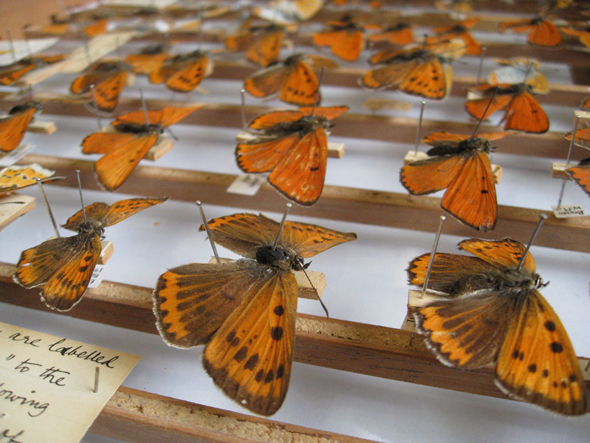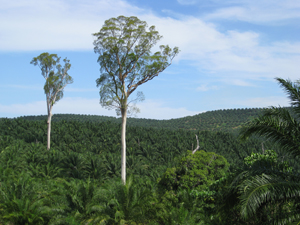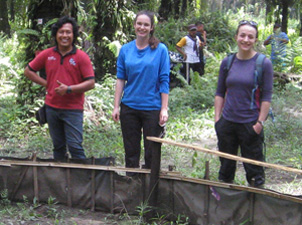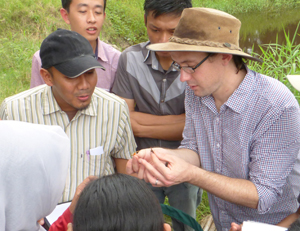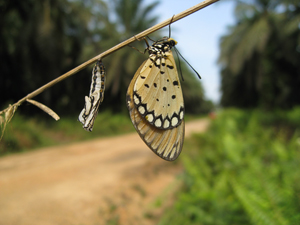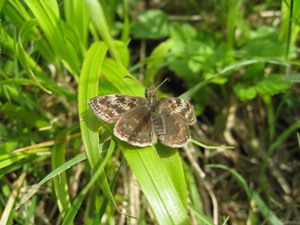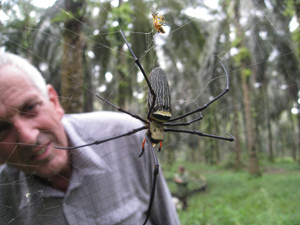University Museum of Zoology Insect Collection
The insect collection houses around 1.2 million individual insects, collected from all over the world. Much of the collection is historical, dating from the mid-1800s to the mid-1900s. However, the collection continues to grow, with enthusiasts donating specimens (often collected locally), as well as material acquired from ongoing work by our research group. There are various parts of the insect collection which are particularly important. These include a large collection of ladybirds that were amassed by George Robert Crotch in the 1800s. We also have a large collection of dragonflies made by Professor Allen Davies that were donated in the early 2000s. Perhaps the most comprehensive part of the collection are the British insects (around 450,000 specimens), including many collected from around Cambridge. These provide a very valuable record of the past, as well as a chronological sequence against which the impacts of habitat change can be assessed. We are currently using this collection to catalogue environmental change. As well as our own work, the collection is used widely by visiting researchers. This includes scientists with taxonomic interests, who reference the collection to aid description of new species or to rework evolutionary relationships. We also host local naturalists, who use the collection for identification and learning purposes. Finally, we loan specimens to support outreach events across Cambridge.
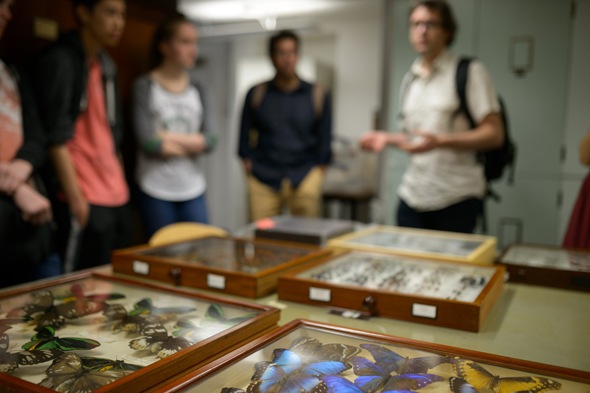
People of interest represented in the collection
Alfred Russel Wallace – The co-discover of Natural Selection. As a commercial collector, Wallace amassed huge numbers of specimens and we have many in the collection, particularly beetles.
Charles Darwin – the other discoverer of Natural Selection! We also have quite a lot of Darwin material, including a tray of beetles collected by Darwin when he was an undergraduate in Cambridge.
Specimens of interest
Darwin’s beetle box – These beetles were collected by Darwin as an undergraduate in Cambridge. Although the specimens do not contain detailed habitat information, they do provide a tangible link with the past and illustrate very clearly the passion of this great man.
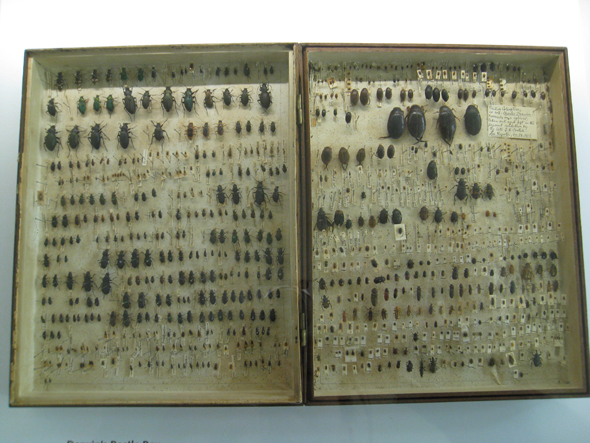
Large Copper Butterflies – These butterflies were collected in Cambridge in the 1850s and represent some of the last specimens to be recorded in the UK. Within 20 years this species (and unique subspecies) was extinct in the UK, owing to habitat change resulting from drainage of the fens. As such, these butterflies provide an irreplaceable record of what has been lost and a warning of the potential impacts of environmental change.
